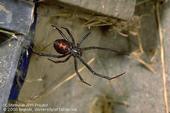
Unlike mosquitoes, spiders do not seek people in order to bite them. Generally, a spider doesn't try to bite a person unless it has been squeezed, lain on, or similarly provoked to defend itself. Moreover, the jaws of most spiders are so small that the fangs cannot penetrate the skin of an adult person. Sometimes when a spider is disturbed in its web, it may bite instinctively because it mistakenly senses that an insect has been caught.
The severity of a spider bite depends on factors such as the kind of spider, the amount of venom injected, and the age and health of the person bitten. A spider bite might cause no reaction at all, or it might result in varying amounts of itching, redness, stiffness, swelling, and...
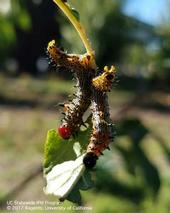
The redhumped caterpillar is a familiar pest on fruit and nut trees such as plum, almond, cherry, and apple, as well as on ornamental trees like liquidambar and birch. It can reach high populations in California's Central Valley, sometimes defoliating entire trees.
The newly revised Pest Notes: Redhumped Caterpillar, authored by Emily Symmes, UC IPM and UC Cooperative Extension, Sacramento Valley and Steve Dreistadt, UC Statewide IPM Program, describes the pest, its life cycle, and how the insect damages plants. The peer-reviewed publication also describes management techniques, including use of insectary plants, cultural controls, and biological...
- Author: Belinda Jane Messenger-Sikes
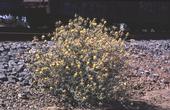
- Author: Karey Windbiel-Rojas
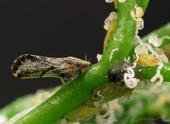
There have been 17 Asian citrus psyllid finds in various parts of Tulare County recently, bringing the county-wide total to 384. The finds were mostly in residential areas in the county, but several were from groves and a juice plant. The Tulare County grower liaisons are working with grove owners to address the finds in and near commercial groves.
The Citrus Pest & Disease Prevention Program asks homeowners and growers to remain diligent and monitor their trees regularly for this devastating pest.
Please review the University of California recommendations for how to effectively respond if a psyllid were to be found in your backyard tree.
Read more...
- Author: Karey Windbiel-Rojas
- Contributor: Andrew Mason Sutherland
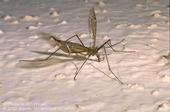
You may be seeing long-legged, flying insects in your house lately, bouncing around the walls, ceilings, and corners. Many people call these “mosquito hawks” or “mosquito eaters,” but unfortunately, they are not predators of mosquitoes.
These flying insects are actually adult crane flies and although annoying to find in the home, they are basically harmless and won't help with any mosquito problems.
Many reports claim these adult European crane flies (Tipula paludosa) bite or sting, but this is false. Most adult crane flies, which superficially resemble large mosquitoes with very long legs, eat very little, if at all. Adult crane flies live for only a few weeks, and when they find their...


